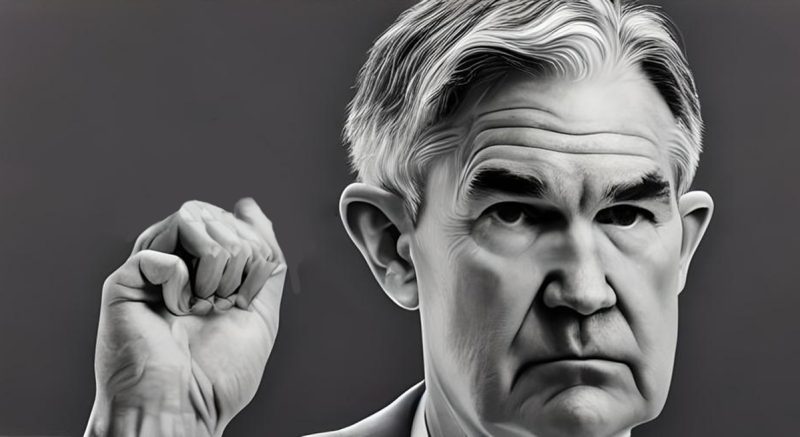by Brian Wesbury, Chief Economist, & Robert Stein, Deputy Chief Economist, First Trust Portfolios
One of our main contentions in recent months is that the Federal Reserve, by switching from a scarce reserve model to an abundant reserve model, has completely taken over the short-term interest rates marketplace.
The Fed’s balance sheet has expanded from $870 billion in August 2008 to $7.2 trillion today, a staggering 733% increase, and has averaged 33% of GDP over the past four years, bigger than at any time in history. It’s the 1000 lb. gorilla in the room.
What this means is that the markets are not necessarily focused on economic data itself but are trying to figure out what Jerome Powell and the Fed think about the data. Not long ago, the market was pretty convinced the Fed would cut rates five or six times this year. Now, at the Fed’s meeting next week, there’s basically zero chance that it’ll cut rates at that meeting, or at their late July meeting either.
The lack of rate cuts by the Fed makes sense given the recent lack of progress on inflation. During the year ending in April, the consumer price index rose 3.4%, which is an acceleration from the 3.0% increase during the year ending in June 2023. It looks like consumer prices rose only 0.1% in May, but even with that small monthly increase, the year-to-year gain would come in at about 3.3%, still higher than in mid-2023.
The Fed focuses on other measures of inflation. One, the PCE deflator, is now up 2.7% from a year ago. But it wasn’t that long ago that the Fed told markets and investors that they need to focus on something called “Supercore” inflation, which is PCE prices excluding food, energy, other goods, and housing. That measure is up 3.4% from a year ago and has accelerated lately, including up at a 4.1% annual rate in the past six months. No wonder the Fed stopped talking about Supercore inflation; it doesn’t fit the narrative. And by downplaying this measure, the Fed is signaling that it wants to find a reason to cut.
Meanwhile, the Cleveland Fed’s measure of median PCE inflation is at 3.3% and the Dallas Fed’s measured of “trimmed mean” PCE inflation is 2.9%. None of these are very close to the Fed’s supposed 2.0% target. Maybe this is why the “inside baseball” discussions deep in the Fed, and elsewhere, are saying maybe we should raise the target inflation rate to 3.0%. Once again, signaling a desire to cut rates in this election year.
At the Fed’s meeting in March, members published their anonymous forecasts in a “dot plot” that suggested two or three rate cuts this year. The market is less sure, and when the Fed publishes the next set of dot plots, we expect one or two rate cuts, instead. This makes sense. The economy is growing, inflation is stubborn, jobs are being added and stock markets are strong. Why would the Fed cut rates at all?
The answer is we don’t know what the Fed is thinking, and rather than base forecasts on economic fundamentals, and bank demand for capital, forecasting the Fed has become a guess about motivations. In other words, at the center of financial capitalism these days is what we believe is an unhealthy obsession with the decisions of a government agency.
Long-term, what will drive markets is the process of innovation, entrepreneurship, and, ultimately, profits. AI certainly doesn’t seem worried about rates. Keep that in mind when you hear about next week’s Fed meeting, whether it brings surprises or not. What’s worrying: centrally planned economies always look like they are working, until they don’t.
Brian S. Wesbury – Chief Economist
Robert Stein, CFA – Deputy Chief Economist
Click here for a PDF version
Copyright © First Trust Portfolios














